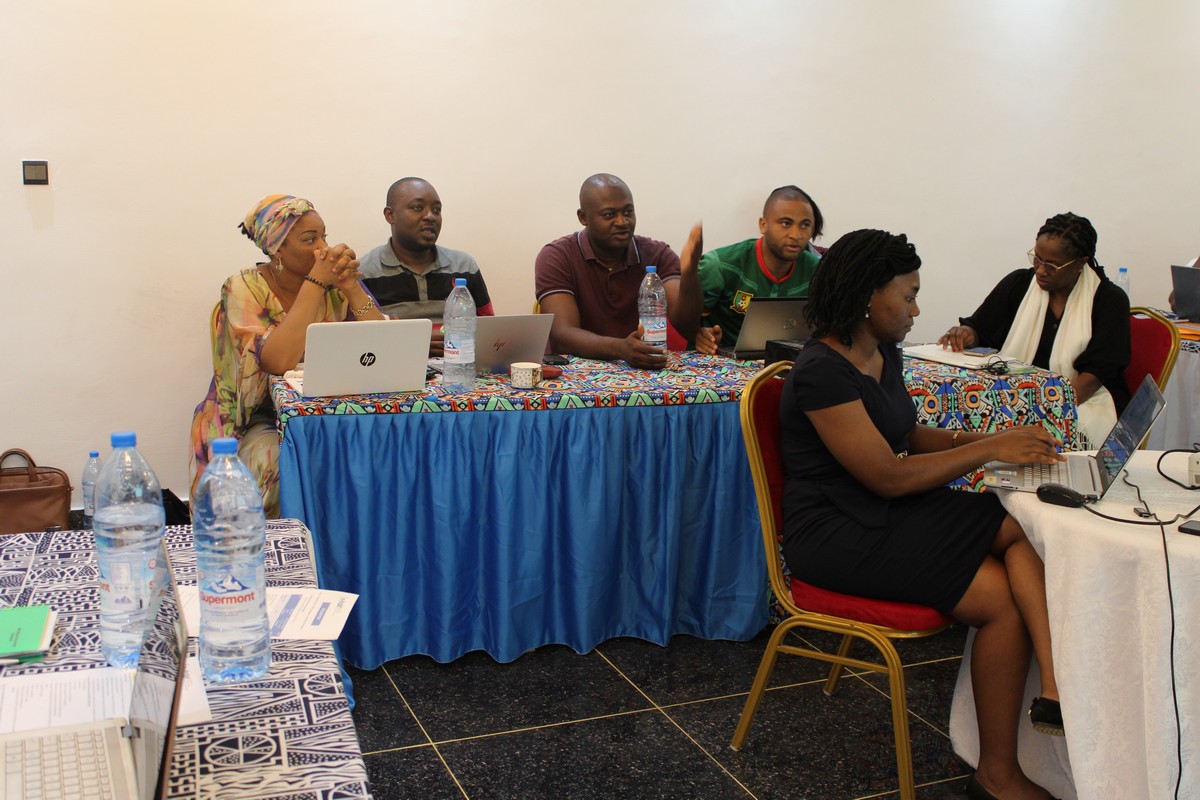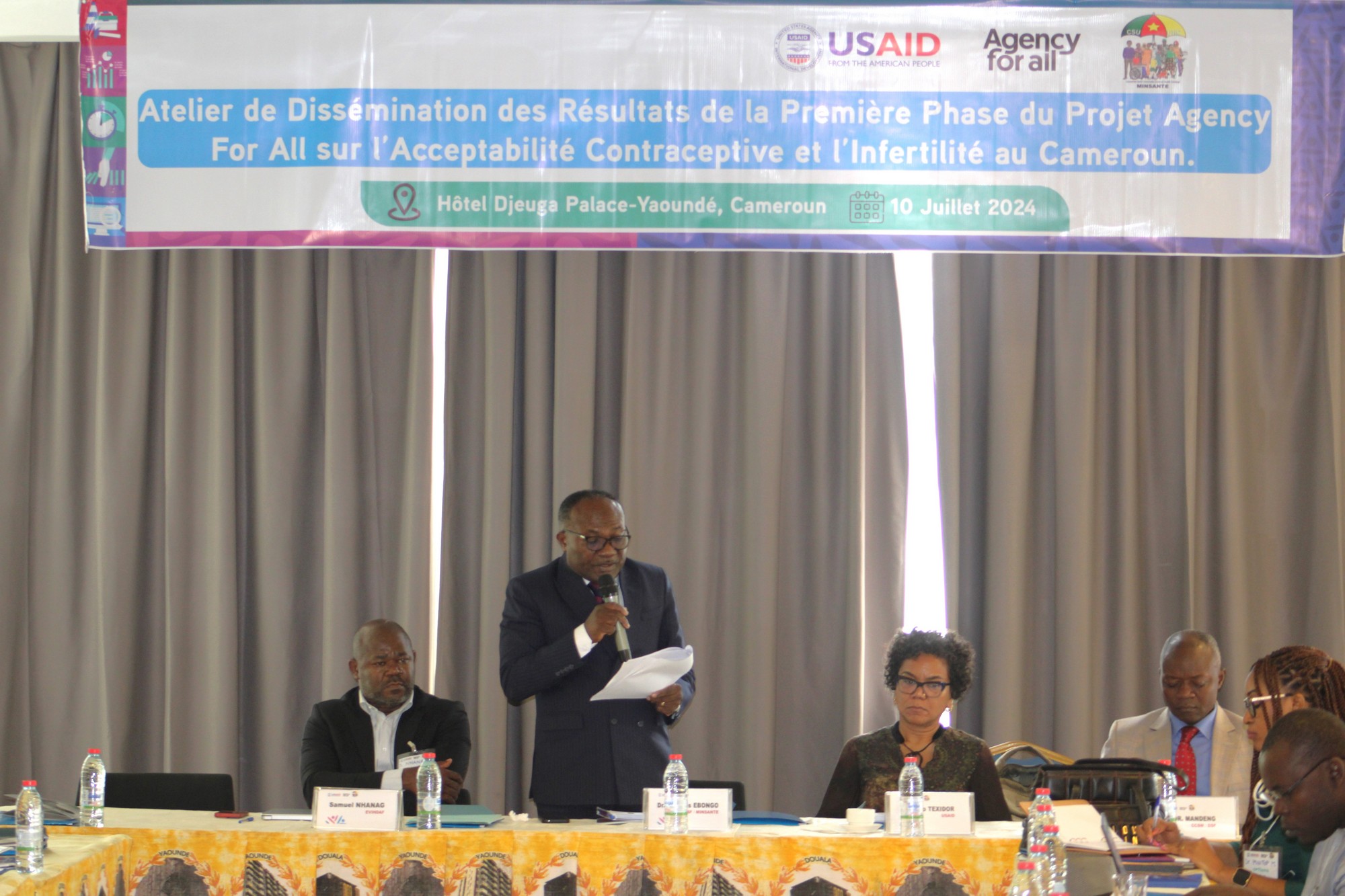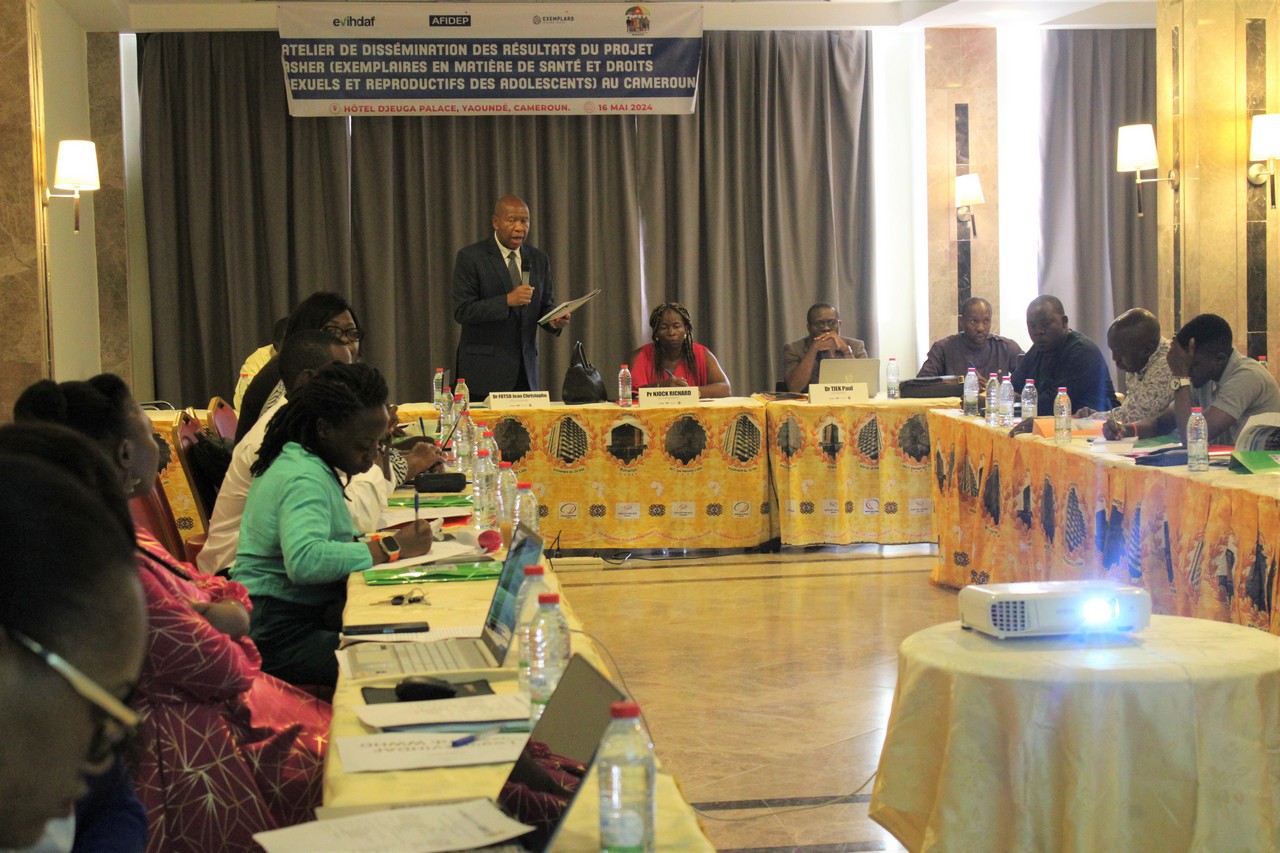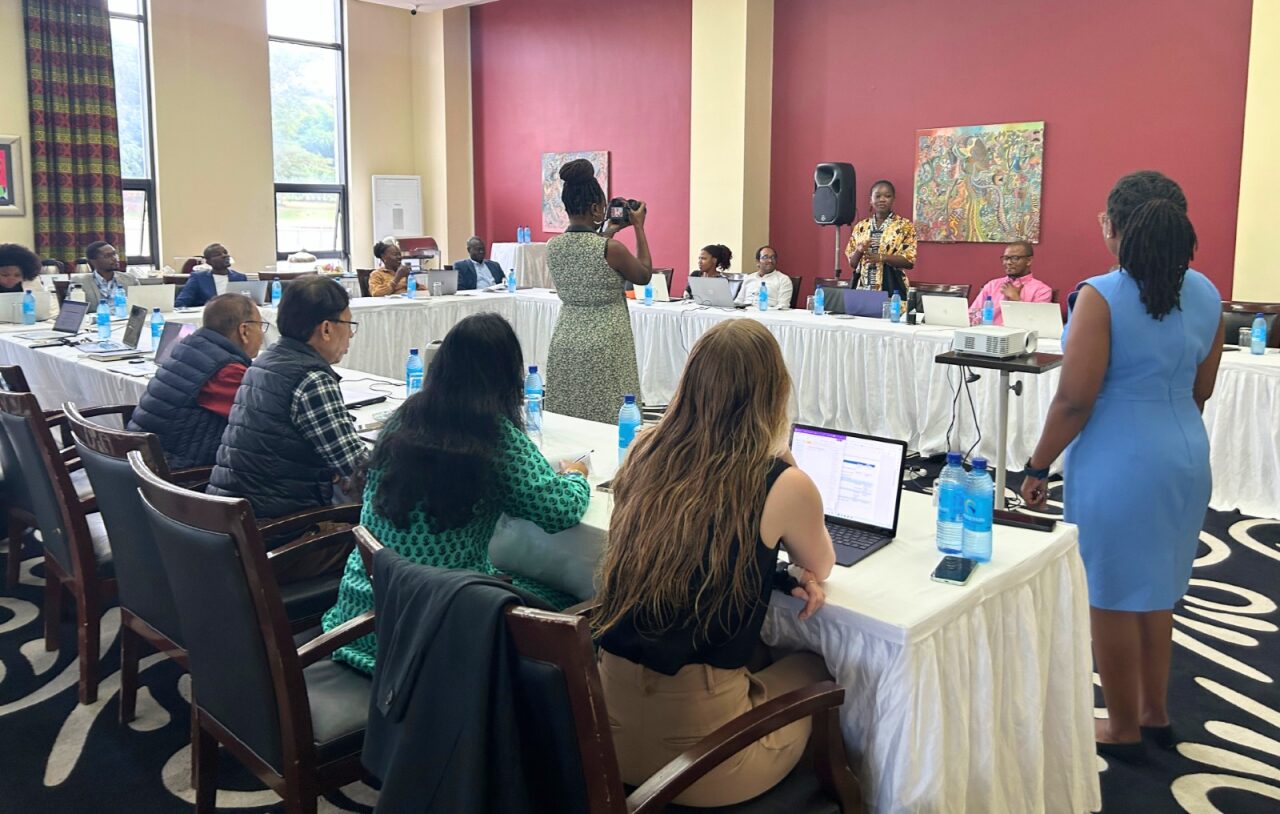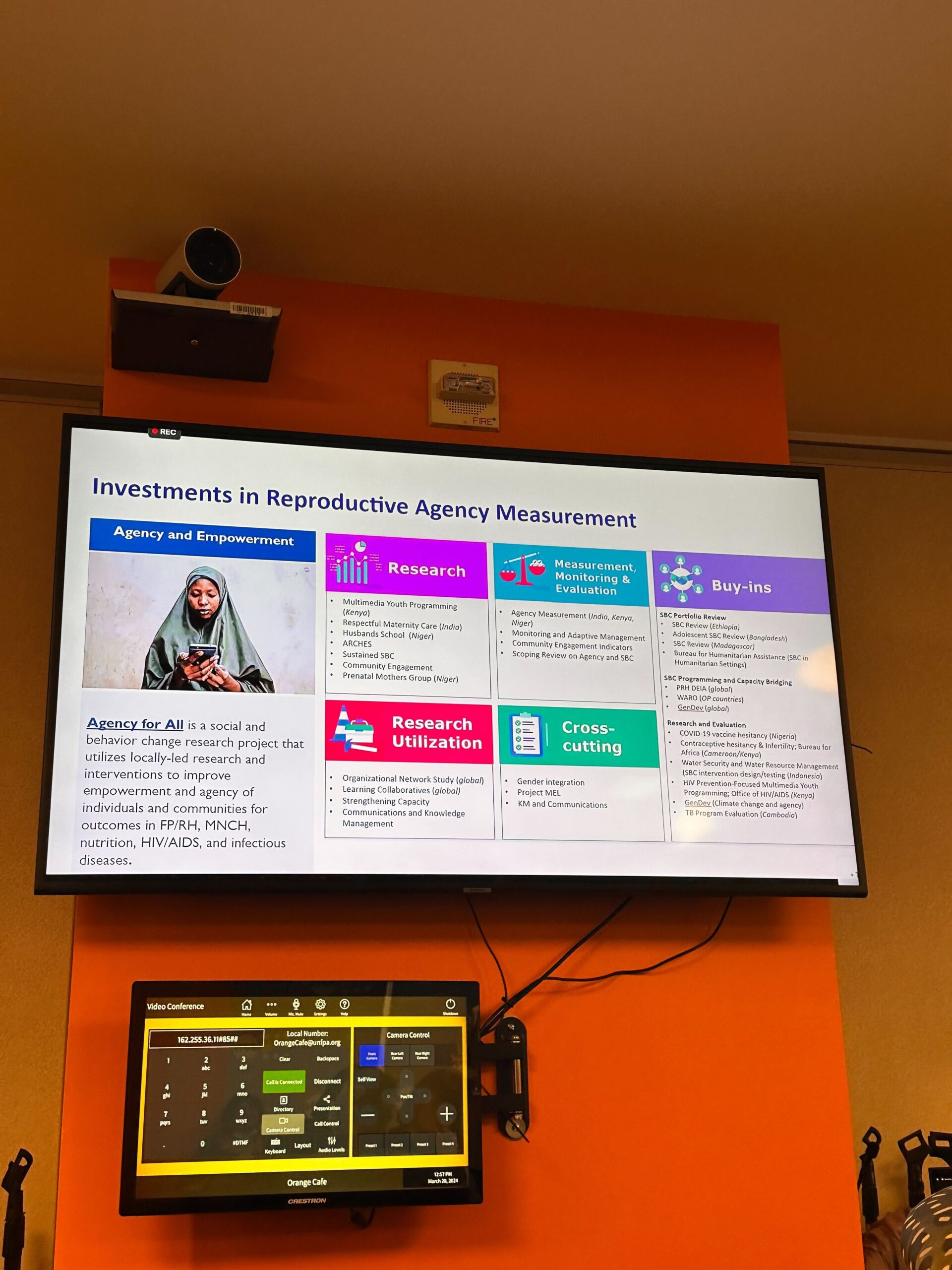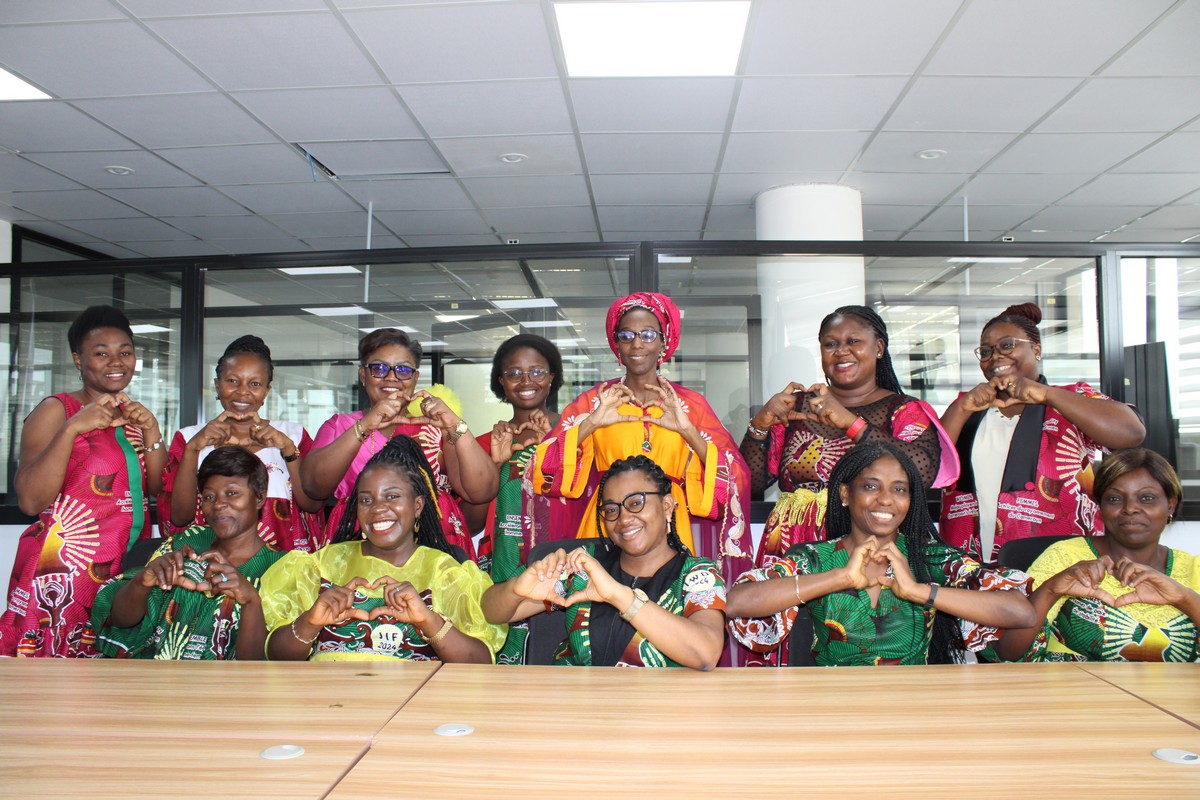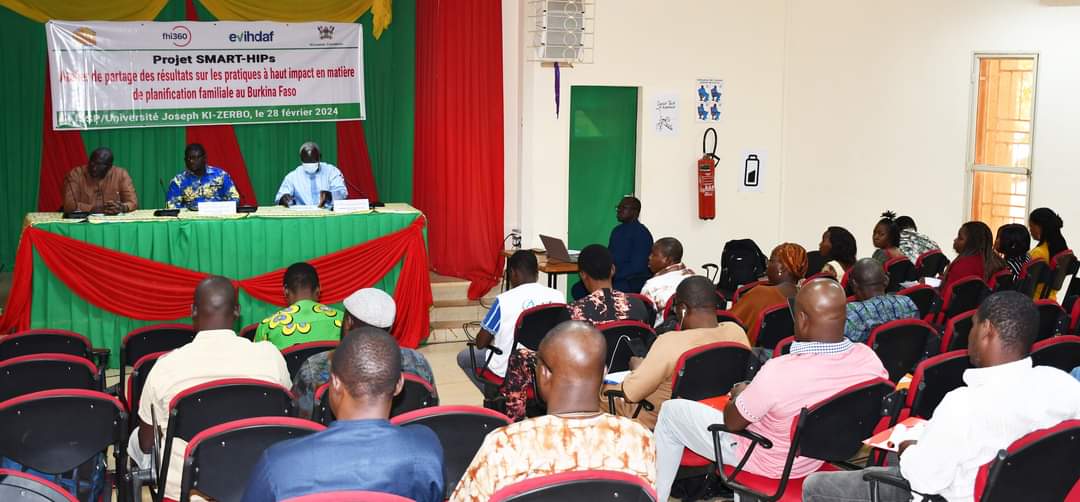In collaboration with Cameroon’s Department of Family Health / MOH, EVIHDAF organized in March, a workshop for the validation of ASHER’s report in Cameroon. During these 3-days working session, convened stakeholders (policymakers and program implementors), reviewed each section, and formulated numerous recommendations.
Cameroon, like a number of countries in Africa (Ghana, Malawi, Rwanda) and Asia (India and Nepal), has improved important aspects of the supply of and demand for adolescent reproductive health (ARH) services. To this end, these countries have reduced the adolescent fertility rate and improved specific adolescent sexual and reproductive health (ASRH) outcomes. In the specific case of Cameroon, the percentage of women aged 15-19 who have given birth to their first child or who are pregnant (at the time of the survey) with their first child has decreased over time since 1998.
The project aims to examine the policies and programs that have been successful in select LMICS to reduce these high levels of pregnancies, including prevention and management of unintended pregnancy, and to advance ASRHR. The research also seeks to determine how the lessons learned and best practices can be applied to improve SRHR outcomes for adolescents across geographies.
This workshop enabled participants to gain a better understanding of the results of this research, based on some previously identified key questions:
- What are the contextual factors (policies, legal frameworks, socio-economic, cultural and gender norms) that have influenced SRHR, including the prevention and management of unwanted pregnancies and the reduction of adolescent fertility?
- What elements of the health system have contributed to the reduction in the age-specific fertility rate (ASFR) among 15–19-year-olds and enabled progress in the area of SRHR?
- How have specific interventions, including policies and programmes, contributed to reducing the ASFR and advancing the SRHR?
- How has the SRHR of vulnerable adolescents (very young, disabled, hard-to-reach, married) been addressed?
- What lessons have been learned from implementing effective interventions that can be adapted to other countries? To what extent are these interventions scalable and sustainable?
In carrying out the research, EVIHDAF used a mixed approach methodology in collecting and analyzing data: Literature review (Policies and programmes), Qualitative component (Primary data) with Key informant interviews and Focus group discussions with adolescents; and a quantitative component (secondary data) with secondary analysis of data from different sources (DHS, MICs, etc.)
The primary qualitative research took place in 3 sites: Yaoundé (urban area), Colomine in the municipality of Ngoura, Lom-et-Djerem division in the East region (rural), and Nganha, Vina division in the Adamaoua region. The study sites were selected on the basis of the fertility rates of adolescent girls aged 15-19 years in the Centre (30%), Adamaoua (30%) and Eastern (44%) regions of Cameroon.
It is to be noted that, socio-demographic differences in terms of religious and cultural variations, as well as differences in access to education, information and health services between the regions of Cameroon were equally considered in carrying out the studies in these sites.

